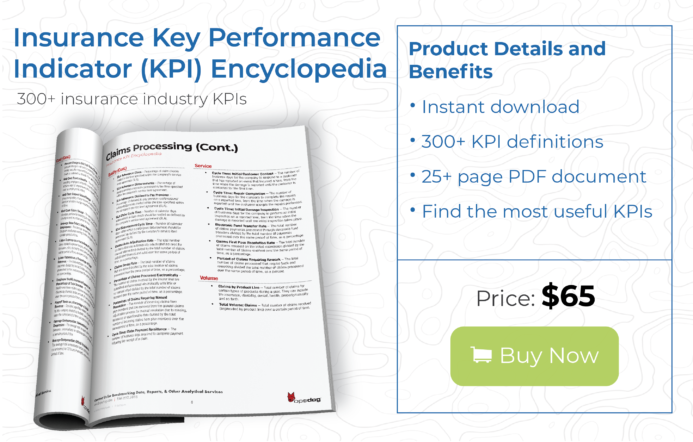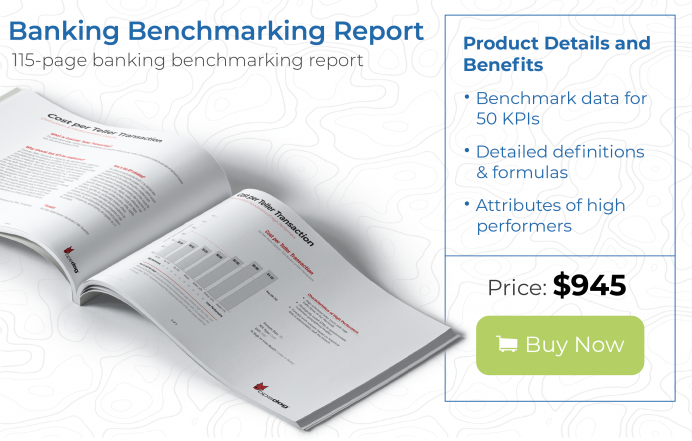Tips for Scoping Your Project
Many projects fail before they start due to a lack of diligent project planning and documentation. Before performing any business process improvement initiative, or any project for that matter, it is imperative to explicitly define the focus, or scope, of your efforts. Setting realistic goals, boundaries, timelines and success conditions before the project gets underway creates a laser-sharp focus, from both team members and stakeholders. Proper project scoping helps on two fronts:
- Team members have tangible, realistic goals and can perform their work accordingly. Setting up “mini” project milestones can help to ensure that the project is moving in the right direction and improve morale by creating short term wins. For example, each week should have a defined weekend checkpoint, so that the team knows that they accomplished all goals for that week. Happy hour will ensue.
- Project stakeholders and sponsors have pre-defined success criteria and objectives by which to judge project success/failure. This helps to mitigate mid-flight corrections from management that can doom a project.
Step One
Define Organizational Areas
The first step in any process improvement project is defining which departments and/or lines of business are in scope and delving into detail within that area of focus. This can be a lot harder than it sounds, but OpsDog provides some helpful definitions that can serve as a navigational aid. Think of OpsDog as your Google Maps for business processes. For the purposes of this article, we will be using Finance as an example, but the principles outlined here apply to any department or line of business.
Step Two
Navigate Semantics
Read the description to make sure that you are in the right place. Semantics can wreak havoc here. For example:
- Company A calls their Finance Department: “Accounting & Finance”
- Company B calls their Finance Department: “Finance Shared Services”
- Company C calls their Finance Department: “Financial Management”
- Company D calls their Finance Department: “Finance”
These terms are all describing the same department or function, but companies make up new unique names because they want to feel special (Don’t we all?). Finance is Finance.
Step Three
Identify Sub-groups and Functions
Every department or line of business is made up of sub-groups, or functions. Which ones will you be focusing on? Will you be analyzing all of them, or just a few major areas? You can use OpsDog’s organization chart definitions to explicitly define which sub-groups and, at an even more granular level, which job positions you will be analyzing.
Once you have defined which functions are in scope, you can begin creating your own organization chart to setup the reporting structures and head counts for each function. Creating your own organization chart will also tell you how many direct reports each manager has (as well as an average number of reports, or management span) and how many levels, or layers, of management exist (VP, Director, Manager, Staff = 3 levels).
Sometimes, you might be able to get a data dump from HR to determine who reports to who and how many employees are working in each function. However, this can be time consuming and the data is almost always a mess. Often, it’s easier to go into the office and count employees, asking along the way what their roles are and to whom they report. This is especially true for small or medium-sized companies or departments. You may have some out-of-scope employees on your organization chart in order to capture all reporting lines.
Step Four
Determine Business Processes to be Examined
The next step is to determine which business processes are performed by the in-scope functions. OpsDog provides process model, or workflow, templates for over 200 business processes that can be used as starting points in mapping your own processes.
Step Five
Measurements of Performance
Once your processes are defined, you need to figure out how to measure performance within each process, or within a group of processes. This is where Key Performance Indicators, or KPIs, come into play. OpsDog has loads KPI definitions, benchmarking data and reports that can be helpful in measuring current performance and setting goals for future performance levels.
It is important to keep the number of KPIs selected to a minimum. A good rule of thumb is to select 5-10 KPIs and focus your energy on measuring and improving those numbers.
Once all of these areas are defined, put together a project plan containing:
- The department and sub-functions that are being examined
- Stakeholders, participants and influencers in the project
- A detailed organization chart of the area being analyzed
- A list of the business processes in scope
- A list of KPIs and baseline data for each
- Reasonable deadlines for each project milestone
- Defined “victory conditions”
Researching, defining and communicating these points improves the likelihood of success for any business process improvement project. Now, it’s time to get to work.

